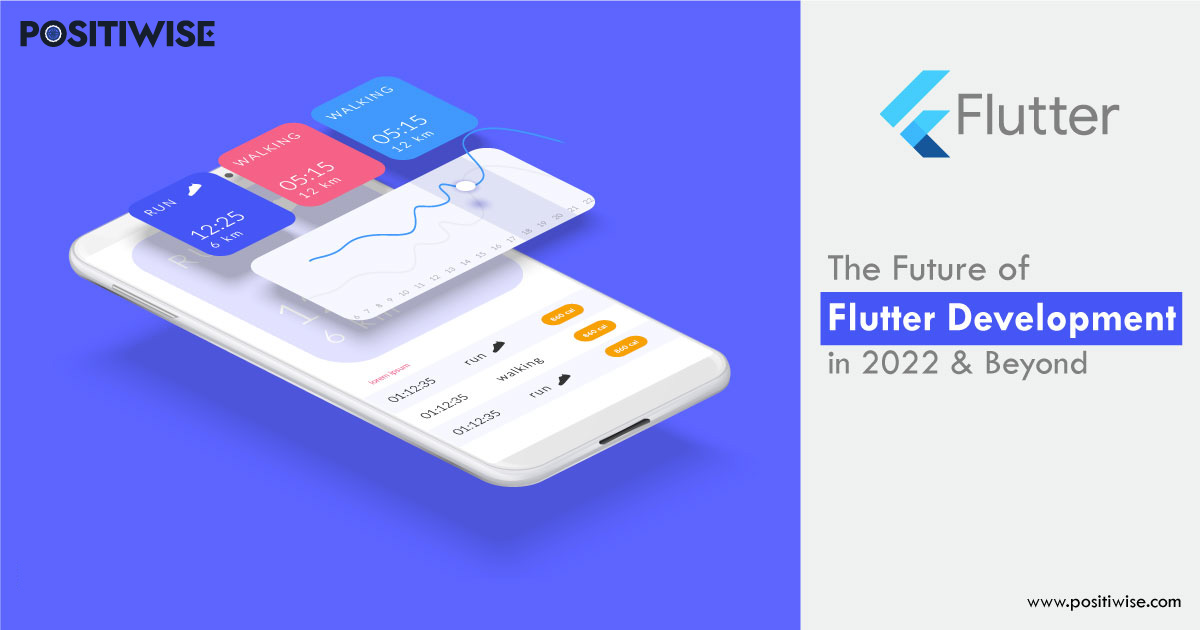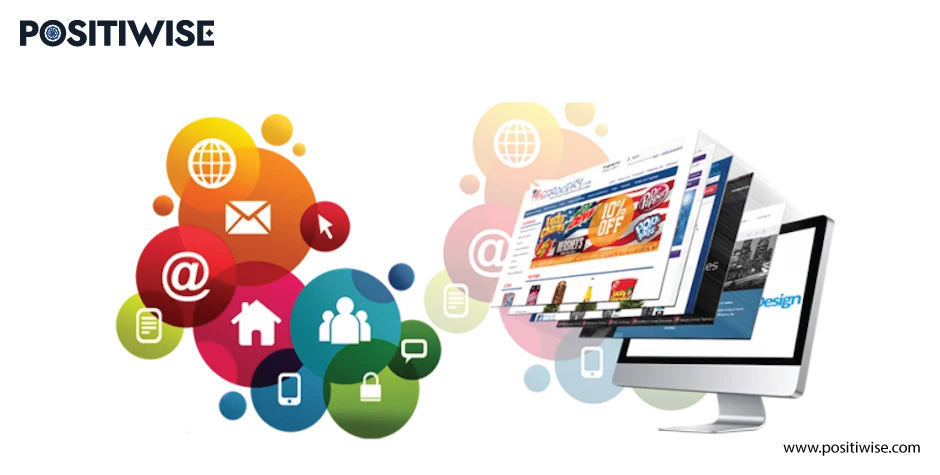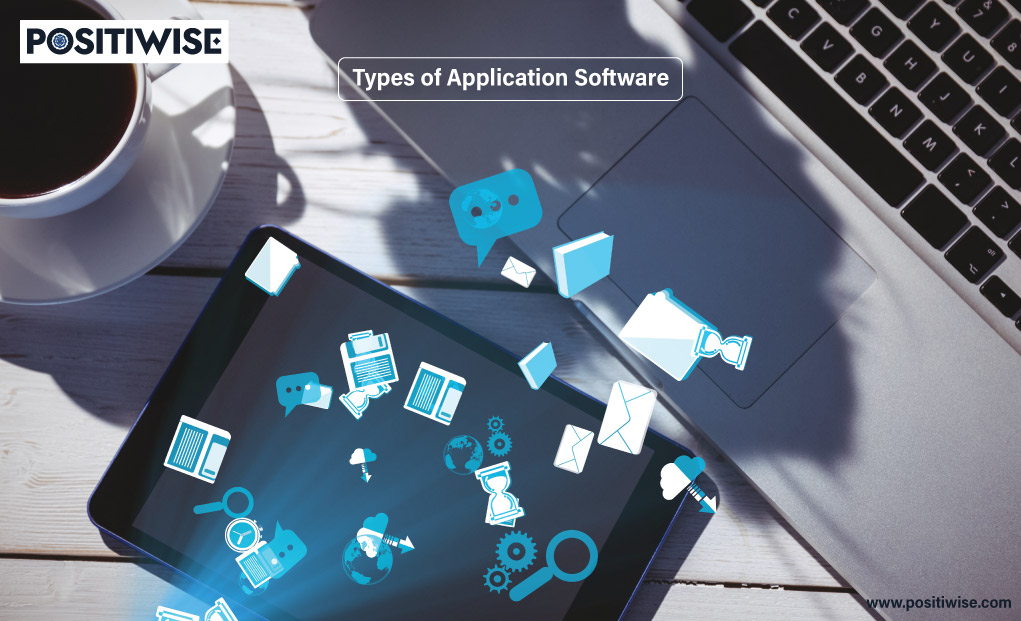Quick Overview:
Flutter is a mobile app SDK that offers native user interfaces on top of a cross-platform, high-performance engine. It provides a way to build high-quality native apps that look and feel like those built with Objective-C or Java.
The most notable feature for developers is using the same language for UI and code. With Flutter, you can write your Dart code the same way you would build an Android or iOS app. This makes it easier to learn and easier to understand how your app works at every step of development. In this article, you will learn what’s next for a flutter development company in 2022 & beyond and Flutter’s pros and cons in 2022.
What is Flutter Development?
Flutter is a new front-end development framework developed by Google that can be used to develop high-quality, cross-platform mobile apps. The framework is based on Dart, Google’s programming language. Flutter developers developed Flutter in response to the limitations of traditional mobile app development frameworks like iOS and Android. It is a new programming language developed by Google that allows developers to write cross-platform mobile apps at a fraction of the cost, speed, and complexity of native code.
Flutter is a framework that allows you to build mobile applications using HTML5, CSS3, and Javascript. The idea behind Flutter is that instead of using multiple languages for each platform, you can use one language that works across all platforms. Flutter is a mobile app development framework from Google. It aims to make creating a mobile app more accessible and productive than other frameworks.
Flutter is a platform for building high-performance, low-latency apps for iOS and Android. Flutter builds on top of the Material Design specification, which ensures a consistent look and feel across all platforms. It allows developers to create rich user experiences using modern OpenGL ES graphics rendering, advanced UI framework components, and an interoperable codebase between iOS and Android.
Benefits of Flutter Development
Here are some pros of flutter development:
Reduced Code Development Time:
The code base of Flutter applications is smaller than other UI frameworks like react native, Ionic, etc., and you can quickly check the code size of your application in Flutter Studio. It will demonstrate the amount of code needed to construct your app in comparison to other frameworks like React Native. This way, you can swiftly decrease your codebase by eliminating unnecessary lines of code.
The framework uses Dart as its programming language, making it easier to understand and code than other languages like Java or Objective-C. With a flutter, you can write your entire application in just one class file without worrying about different programming languages like Java or Objective-C. As a result, developing an app using Flutter takes less time compared to other frameworks such as React Native or NativeScript+.
Increase Speed:
The best feature of Flutter is that it helps you to increase the speed of building new apps. It provides access to many Google services like maps, cameras, etc., which results in faster animations and better performance with less memory consumption; this makes the development process faster as there are no dependencies on third-party libraries or APIs. The combination of the Dart language and its tooling, the Material Design specification, and the core Dart SDK provides developers with a rich set of powerful, cross-platform capabilities for building high-quality mobile apps.
Ease of Use:
Flutter is easier to use than other mobile app development platforms, like a native. There’s no need to learn a new language, and it takes less time to build an app with Flutter. You can also use the same code base for Android and iOS apps. Many companies already utilize Flutter to build beautiful, high-performance native mobile apps that achieve a look and feel similar to those developed with native tools. Flutter empowers developers to create hybrid Android/iOS applications, enabling a single team to work on both platforms simultaneously.
Advanced UI:
Flutter allows you to create advanced user interfaces through its Material Design guidelines and widgets. This makes it easy for designers and developers to create apps that look great on mobile devices. Flutter’s development environment provides a way to express the architecture of your app through code, making it easy to create and maintain new features as you design them. You can also use this same approach to implement your UI in code and see how it looks with different views, styles, etc., without having to write any actual code!
In addition to UI development, Flutter also offers a rich set of tools for testing your application across multiple devices (e.g., phone, tablet), including fast iterations with hot reloading from within the editor and intense testing using advanced mocking capabilities.
Mature ecosystem:
Flutter has access to hundreds of thousands of plugins that can be used in your apps with no problem at all. There are also many native features available immediately without needing to import them from another platform, like real-time collaboration integration through Google Cloud Vision API.
Cons of Flutter Development
Here are some cons of flutter development:
Limited Set of Tools and Libraries
Flutter is a recent addition to the Android SDK, so its toolset is still limited compared to other platforms. As the platform matures, more Flutter libraries will be added to help developers achieve their goals. For now, however, you’ll only have access to what’s available in beta at the time of this writing. Flutter is a relatively new mobile app development platform, meaning it hasn’t been around long enough to have many tools and libraries available. There are only a few native-like library projects at the moment.
Massive File Size
The size of your app file can be a problem for some users who don’t have the space or patience to download something more significant than their phone can handle if you’re planning on distributing your app on Google Play. Flutter apps are enormous compared to other mobile development platforms like Kotlin or Java. The size increases because of the large amount of code and assets in each app. This is because Flutter is a new framework that has not yet been optimized for the Android platform.
Future of Flutter Development
The future of flutter development is bright. The framework is still in its early stages and has a lot of room for growth. Flutter is open-source and free to use. It’s also developed by Google, meaning there will be plenty of support.
The Flutter team is working on new features, so you can expect to see more improvements over time. For example, Flutter has native support for vector graphics and animations, meaning developers can create complex UI designs without relying on third-party libraries or frameworks.
Flutter is a mobile app SDK from Google that lets you build native apps for Android and iOS. It takes advantage of the power of the Dart programming language to deliver a smooth, fast, and high-performance mobile development experience on both platforms.
Flutter’s approach to app development is different from that of other mobile SDKs. With Flutter, you can create a single codebase that runs on iOS and Android, making writing, testing, and deploying code across multiple platforms easier. You don’t have to worry about different architecture for each platform.
Build The Next Big App With Our Developers
Have a game-changing app concept but need expert developers to bring it to fruition? Our skilled mobile app developers have launched successful apps for startups and enterprises. Leverage our technical expertise in Android, iOS, back-end systems, and UX to build the next big thing. Partner with us to turn your powerful app idea into a transformative reality!
Conclusion
Flutter app development has made it possible for developers to build cross-platform applications using only the same framework, which has never been possible. Creating highly interactive applications is one of the main advantages of using Flutter. It allows developers to build rich user experiences in minutes instead of days or weeks. Flutter provides a robust way to write apps that can be tested quickly and easily on multiple devices without worrying about writing different native codes for each platform.
Expert in Marketing Strategy and Brand Recognition
Jemin Desai is Chief Marketing Officer at Positiwise Software Pvt Ltd, he is responsible for creating and accelerating the company’s marketing strategy and brand recognition across the globe. He has more than 20 years of experience in senior marketing roles at the Inc. 5000 Fastest-Growing Private Companies.






